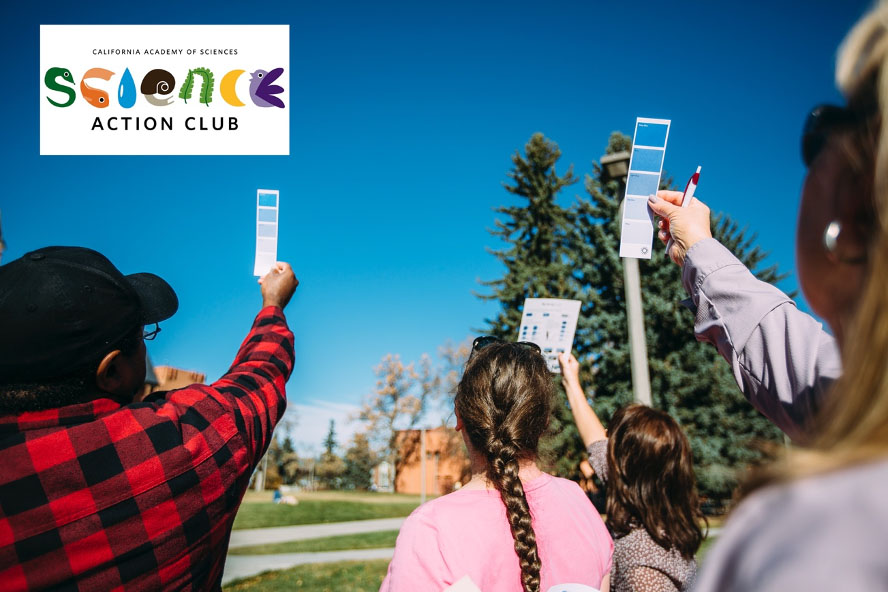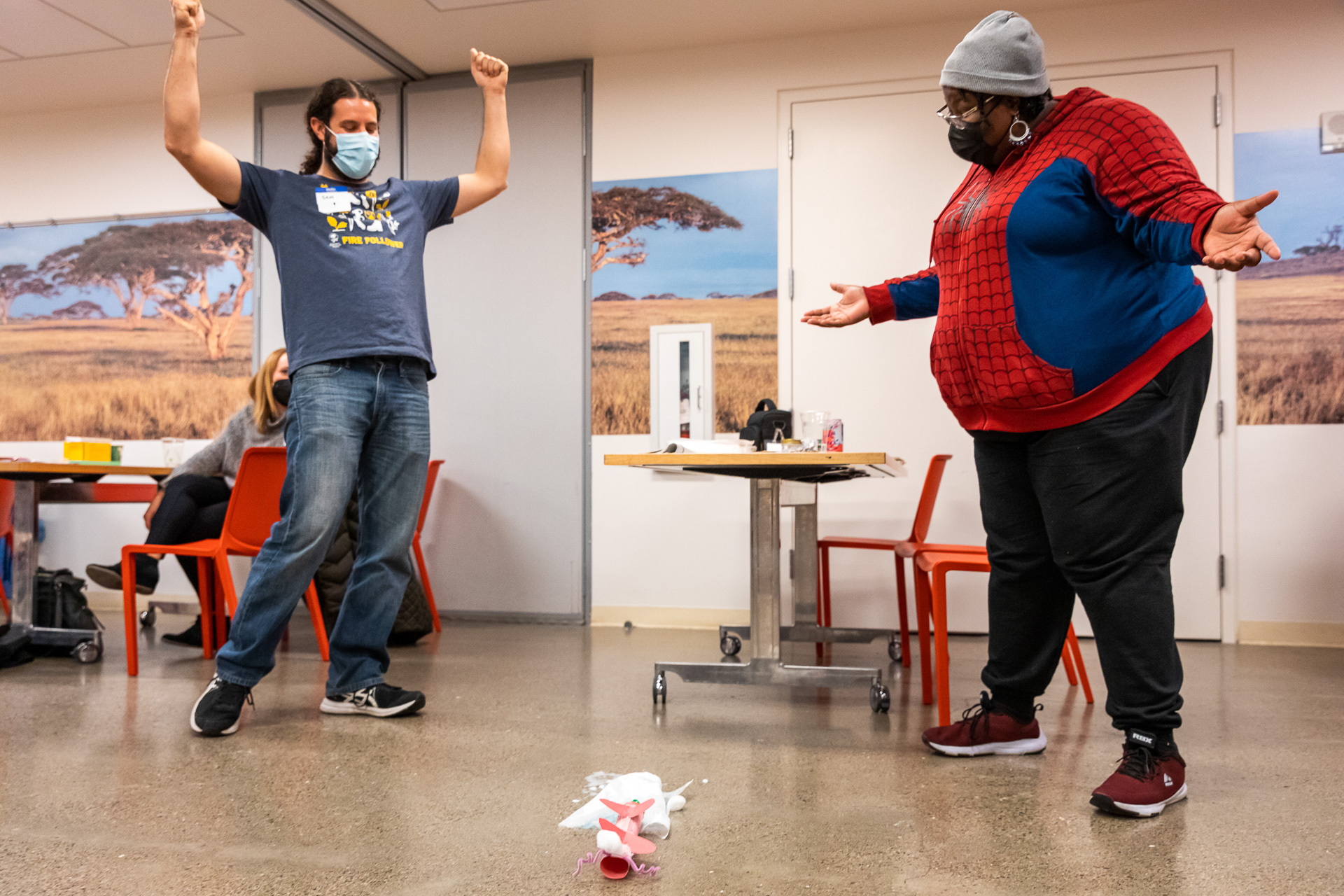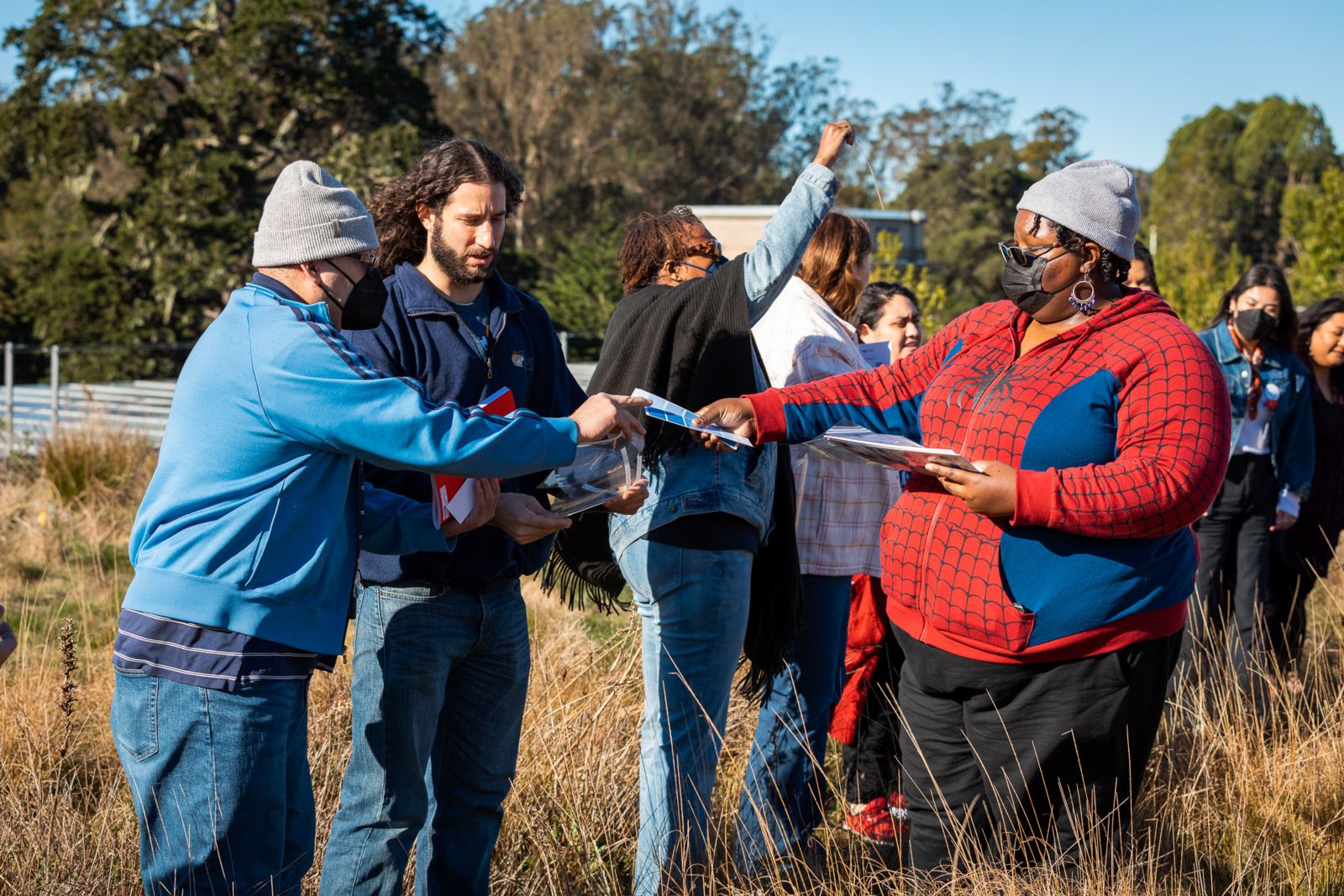Program Profiles
How do successful afterschool STEM programs do it?
These innovative afterschool programs offer impactful STEM programming to diverse populations. Read on to hear their advice for success and to learn about their program structure, evaluation results and partnership models.
Science Action Club

Launched in 2011 by the California Academy of Sciences, Science Action Club (SAC) is a global out-of-school time (OST) program for middle school youth that aims to transform environmental learning at scale. Through games, projects, and hands-on activities, youth in SAC investigate nature, document their discoveries, and contribute to citizen and community science research. OST staff receive in-depth training on SAC kits, activity guidebooks, and STEM teaching techniques for the informal learning environment.
Over 75,000 youth and educators in more than 480 communities and 42 states have participated in SAC since 2011. Each year, hundreds of clubs join the growing SAC network, while SAC-certified trainers provide coaching and support for regional cohorts
Designed for middle school, SAC Kits include 12 hands-on activities and citizen and community science investigations designed for 60- to 90-minute club sessions led by OST educators, as well as bonus media and resources for extended learning. Each kit includes an activity guide, science tools and supplies for 20 youth, and an interactive, self-paced, online training for program staff.

Whether you are a seasoned science educator or new to the field, SAC trainings make it easy and fun to lead hands-on STEM activities with youth. Educators are required to complete the professional development course and have the option to attend an in-person training workshop, led by a certified SAC trainer, if available in their area. SAC has partnered with statewide and national afterschool organizations and leveraged the train-the-trainer model to reach widespread geographic audiences. Both the online and in-person trainings provide detailed guidance and support for all 12 SAC activities, as well as background information on scientific content, how to do citizen and community science, and best practices for teaching STEM in an informal learning environment. Training materials are designed by SAC staff at the California Academy of Sciences with input from the world-renowned Academy scientific researchers and include videos and articles from colleagues in the field.
SAC works with the evaluation firm Public Profit to assess annual programmatic impact on participating youth and educators. Outcome data is collected through pre- and post-session surveys, site visits, interviews, and focus groups. Through these methods SAC gathers data on youth and educators’ interest in STEM, engagement in STEM, and the degree to which they value STEM learning. Eighty-three percent of youth reported feeling more confident in their science skills since joining SAC and 95% of SAC educators felt their training increased their interest in teaching science.
Learn more about our program impacts in our SAC Impact Report.
SAC is a fee-for-service program with generous financial support from the Pisces Foundation and the Science Sandbox, a program of the Simons Foundation. Program fees are determined by an organization’s ability to pay so that cost is not a barrier to participation.

Citizen and community science is a global movement through which scientists and non-scientists alike make observations, collect data, and help answer some of our planet's most pressing questions. In SAC, every unit features a different citizen and community science project that allows youth to contribute to authentic scientific research. The data that youth collect can help inform conservation efforts that researchers take to protect the natural world.
There is debate about what to call public engagement in scientific research. While it is commonly known as citizen science—in reference to citizens of the world—some feel that the exclusionary nature of that term discourages non-citizens from participating. The term community science is sometimes used to avoid that misinterpretation and demonstrate a commitment to inclusivity. Without widespread consensus, SAC uses the phrase citizen and community science. By any name, this powerful work can only be accomplished by a global movement of diverse contributors taking positive action for science and society.
For more information, please contact Rachael Van Schoik, Science Action Club Manager at scienceactionclub@calacademy.org